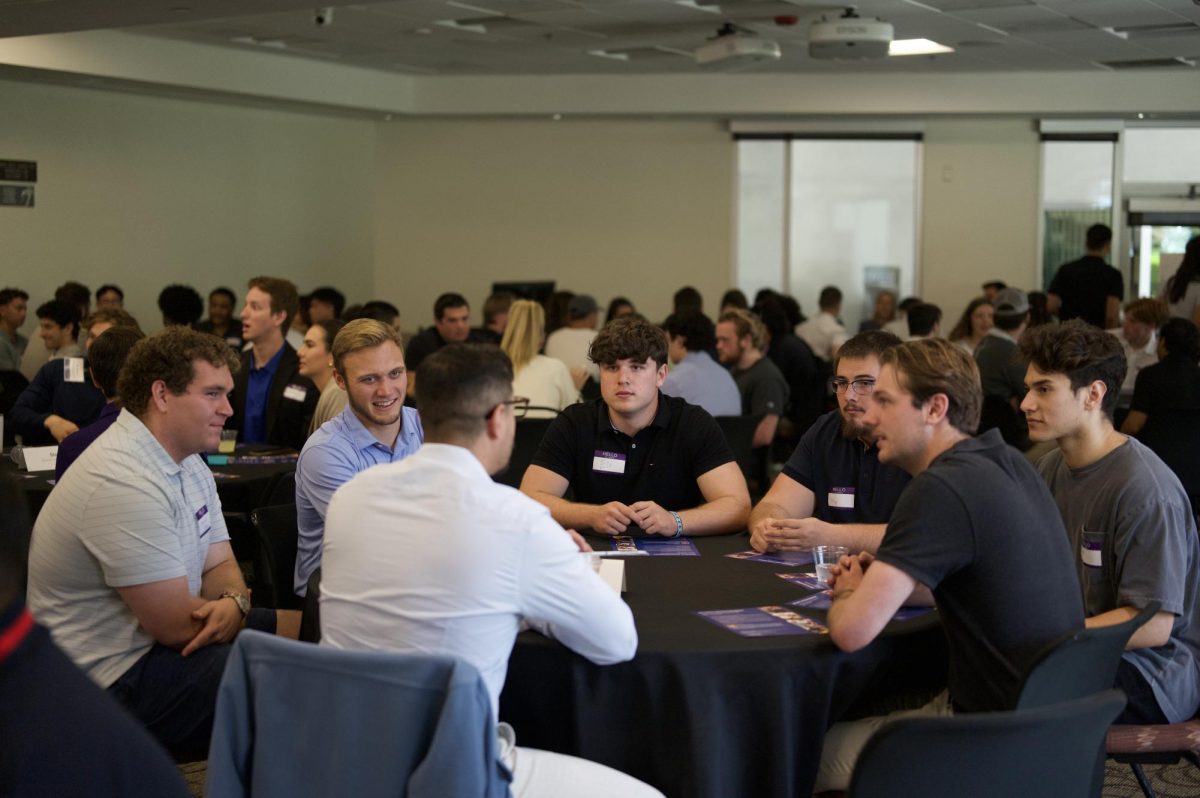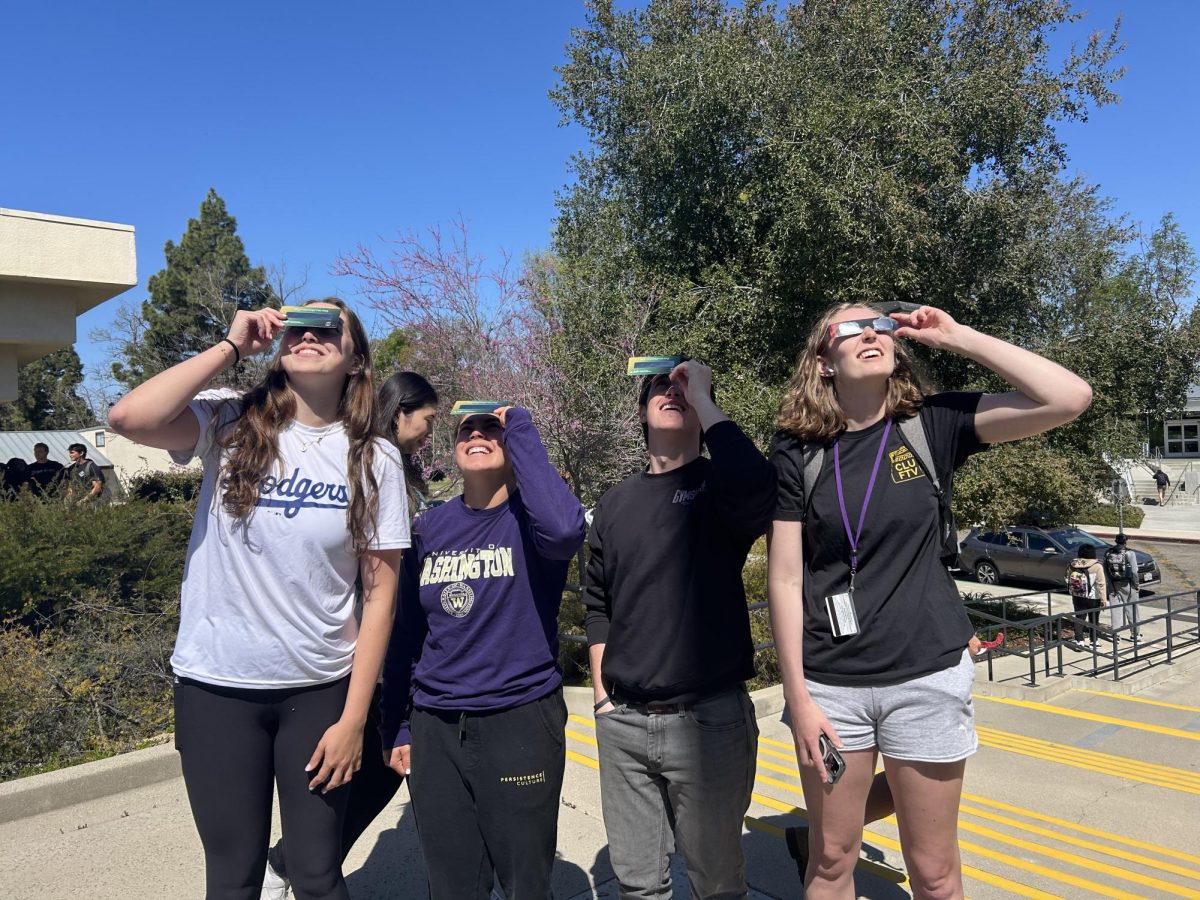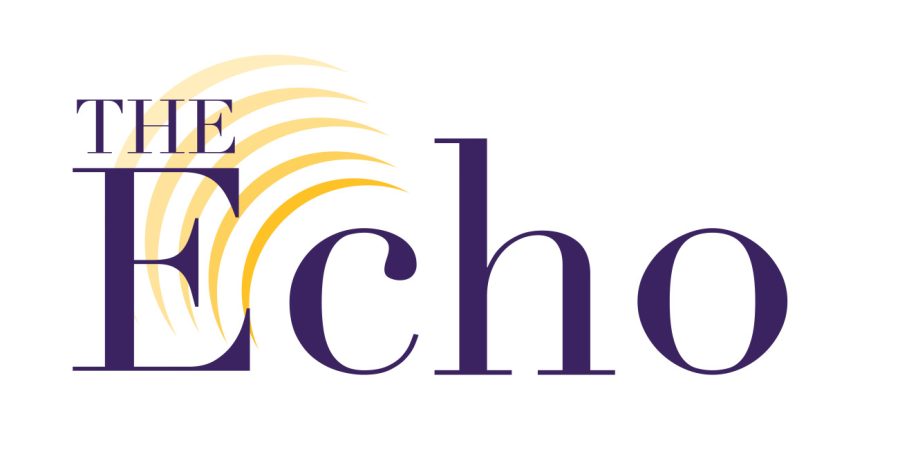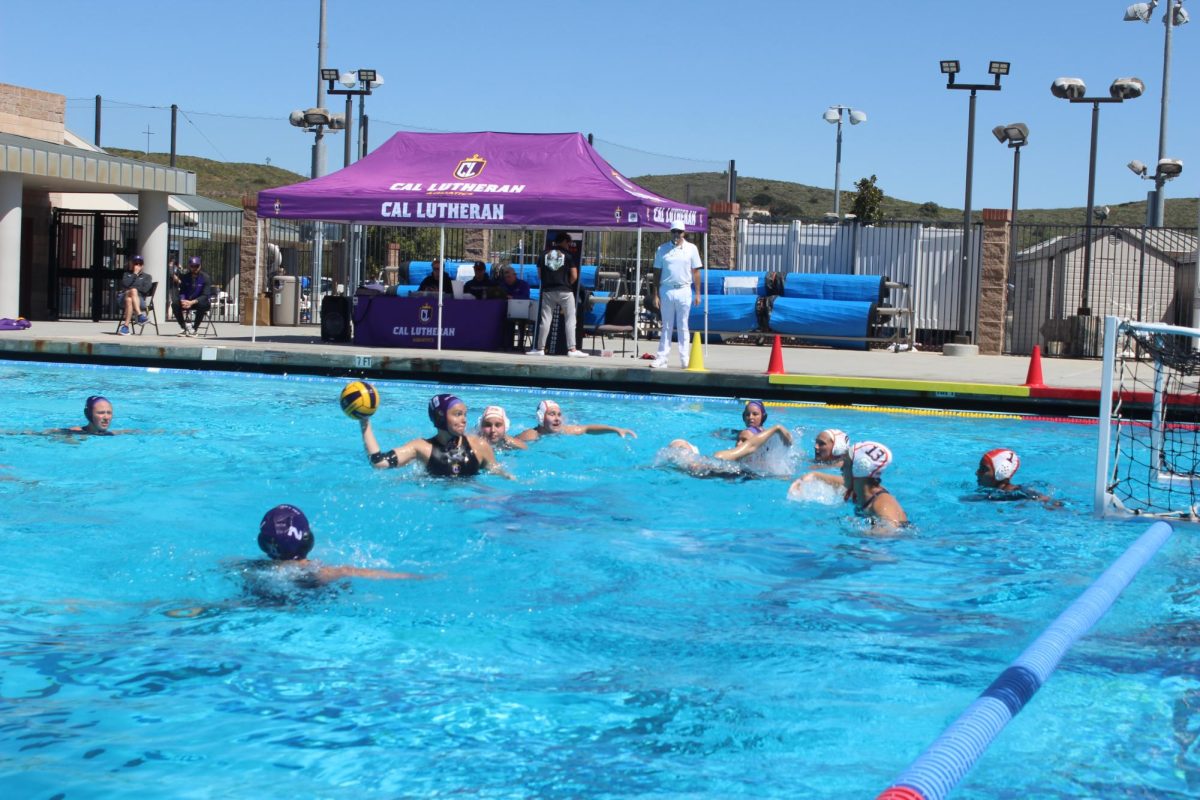Facility Operations & Planning have adopted energy-savings initiatives for the fall semester in collaboration with senior leadership from California Lutheran University with a goal of saving over $450,000 in utilities expenses during this fiscal year.
On August 24, an email was sent to students, staff and faculty from Associate Vice President of Planning and Services, Ryan Van Ommeren, informing them of the initiatives. In the email, Van Ommeren said if the goal is achieved, there will be a 12% reduction in overall utility costs, which will “contribute significantly” to Cal Lutheran’s financial sustainability.
According to Nick Boudreaux, facilities and infrastructure project manager, energy savings initiatives are not new to Cal Lutheran. However, he said this year is the first time that University Facilities drafted a concrete plan to tackle increases in utility costs.
“They’ve done things in the past with energy saving, like moving to LEDs, but this is the first where we’ve sat down and said ‘How can we do our best to save where we can?’” Boudreaux said.
The goal to save $450,000 was set by looking at Cal Lutheran’s previous utility bills. However, Van Ommeren said issues presented themselves when utility suppliers increased rates higher than anticipated.
“The energy target was based on a 5% increase in our utilities. Electricity in particular had a 13% increase. So to hit the $450,000 goal, we’re actually having to save more,” Van Ommeren said.
Boudreaux and Van Ommeren said tight scheduling and set points on thermostats are two initiatives that have helped reduce utility costs.
According to Van Ommeren’s email that was sent in August, the thermostats on campus operate on a set-point method. Meaning, that all thermostats on campus are set to 74 degrees Fahrenheit, and the air conditioning will only turn on once the temperature within the room exceeds 76 degrees Fahrenheit.
Boudreux said the campus standard for thermostats has always been between 68 and 74 degrees Fahrenheit.
“So, the heater won’t turn on until it gets below 68 degrees, and the AC will not engage until after 74 degrees. Now there’s a two-degree band where it can climb up to 76 degrees before it turns on…so it doesn’t do much wear and tear on the compressor,” Boudreux said.
Van Ommeren said the energy savings initiatives have led to a significant decrease in utility costs so far, and have put University Facilities on track to achieving their goal this semester.
However, the air conditioning in resident halls has been a topic of discussion among some students.
“It’s weird because when I first moved in this semester, the air was blasting and I was freezing all the time,” Trinity Hall resident Kennedi Louis said.
In recent weeks, though, Louis said her air conditioning unit has been blowing lukewarm air.
“I lived in Trinity as well last school year, and I never had that issue at all,” Louis said.
While some residents are understanding of the initiatives put forth by facilities, they also desire to have control of when and how heating and air conditioning functions within their rooms.
Kramer Court resident Simrat Kang said the energy-saving initiatives plan makes sense and is a positive solution to saving energy. However, she said that sometimes students can’t handle or be comfortable when their dorm is too cold or too hot.
“So in a sense I get it, but I feel like we should have– especially in our dorms—control of what temperature we want it on. And we should have control of when it turns on,” Kang said.
Boudreux said Facilities Operations & Planning has received fewer complaints regarding air conditioning settings than they have in previous years. He said this is attributed to community support and the strict set-point temperatures established earlier in the semester.
To account for increases in electricity bills, University Facilities began implementing a tighter schedule regarding lights. Van Ommeren said Boudreux, and other members of University Facilities, look at class schedules in every building and determine which ones can afford to have lights on or off at any given time during the day.
“The real hard one has been electricity…we do super aggressive scheduling. If nobody is in a classroom, we have it off,” Van Ommeren said. “There’s nothing that automatically says ‘there’s nobody in this classroom at this time.’ It’s all manual work to turn these things on and off.”
Another factor contributing to higher electricity bills during the fall semester is daylight savings, Boudreux said. As it gets darker outside earlier in the evening, University Facilities has to account for the usage of exterior lights. In the spring, Boudreux said, this becomes less of an issue in terms of budgeting as exterior lights do not have to turn on earlier in the day.
Boudreaux said University Facilities also upgraded the university’s HVAC system over the summer. He said this made the system easier to navigate, and University Facilities is now able to control the campus by buildings.
According to Boudreaux, resident move-in and the return of students to campus was a shock to the facilities as they expected to be met with high utility usage. However, the campus community has adapted to the implementations and complaints have lowered, he said.
“We don’t want to make this experience unpleasant for anyone. We are just doing what we possibly can,” Boudreaux said.
Boudreaux said the energy savings plan has been a great success so far, and both Van Ommeren and him said University Facilities continue to implement energy savings initiatives for the spring 2024 semester.














